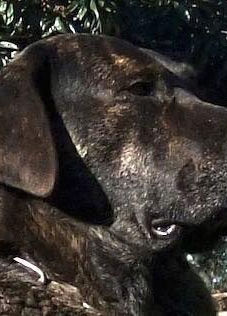
Breed -
Status
Purpose
Around From
Original Country/Kingdom
Cão de Castro Laboreiro
Alive
Guardian
Unknown
Portugal
Breed History
Cão de Castro Laboreiro
One of the most mysterious of nearly any dog still in existence, but if there is any idea that seems to be nearly universally agreed upon it's that the breed is one of the oldest on earth. Numerous experts have tried to find a solid link in lineage, most of which seem to trace back to a Mastiff-type dog or even earlier, like that of the Lupomolossoids, which were predecessors to breeds like the Great Pyrenees. It is believed that they may have even preceded the Mastiff itself, tracing stronger connections back to that of the Molossus, the dogs of the Ancient Greek and Roman warriors.
Regardless of their ancient history, these dogs were known to have guarded flocks and families in Portugal for hundreds of years from both human assailants and predators alike and many of their characteristics derive from this historical influence. There is even a belief that the Portuguese may have brought the dogs to Newfoundland and thus influenced the eventual development of the Labrador Retriever, a breed that shares a wide variety of similarities to the Cão de Castro Laboreiro. In their purebred form, the breed was rarely seen outside of their region of origin until the mid 20th century, a large reason why their numbers have always remained so limited.
It further shrunk in the late 19th and early 20th centuries as farming techniques changed and the development of more advanced weapons helped to control and even kill off numerous predators, leaving many dogs without their traditional work. In turn, many farmers abandoned them and they forced to hunt to survive, eventually returning to haunt the farmers by killing their livestock to survive. Fortunately, a few dedicated breeders remained and instead of using them as guardians, bred them to be companions, thus jettisoning them into a future of family and showcasing, including 1914 when it made they first appearance at a Portuguese dog show. Today, their numbers are still limited, maxing out around 550 dogs total worldwide. Most of their breeders are still located in Portugal but a few have begun to spread to the United States and Western Europe. They are considered extremely rare.
















